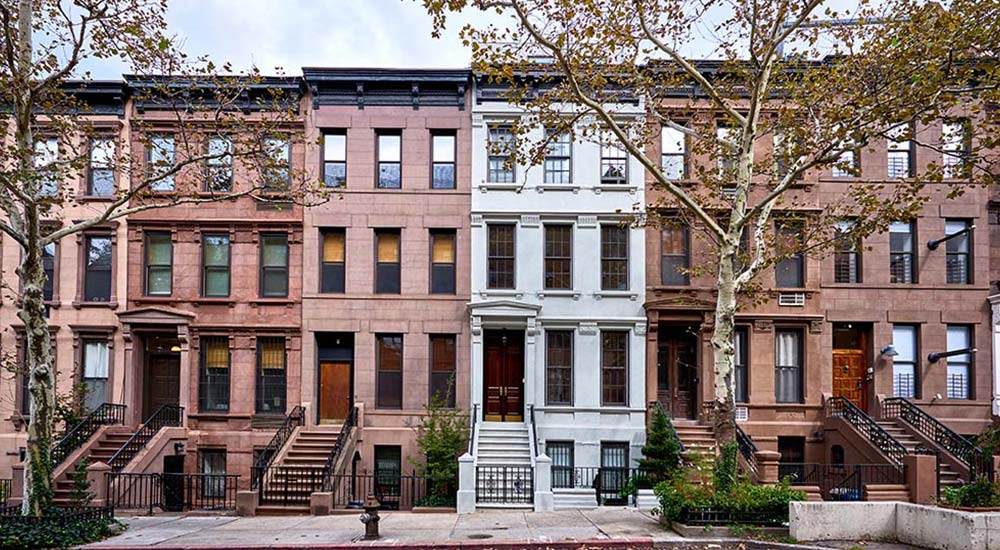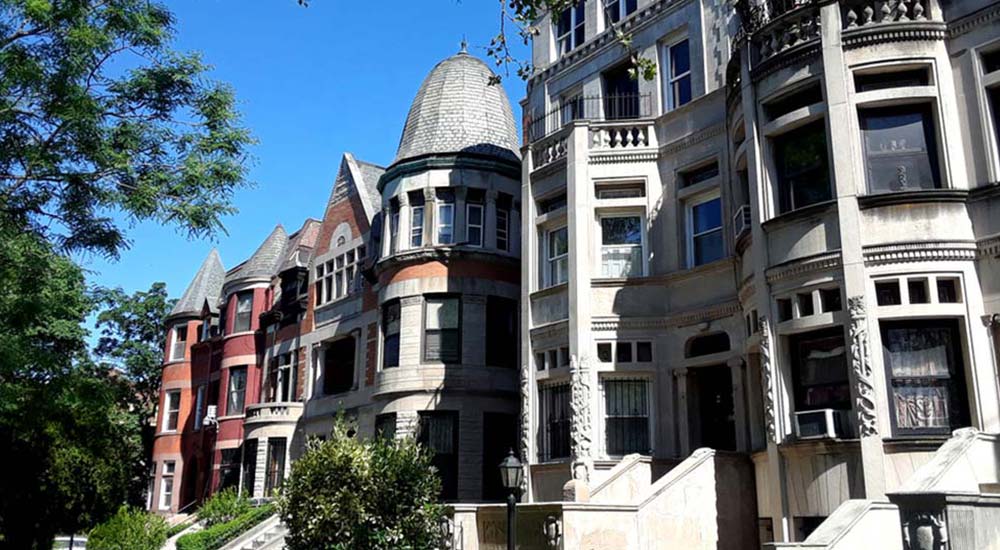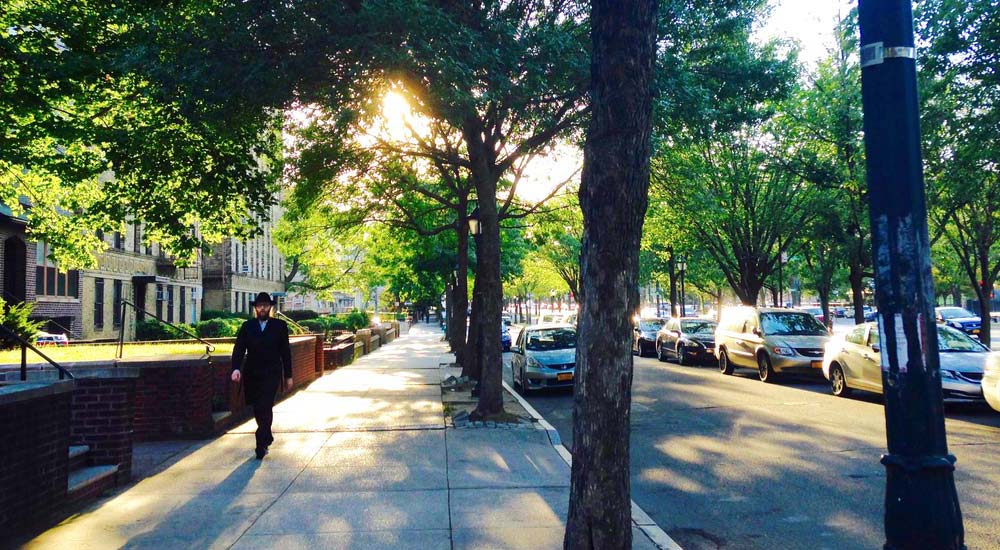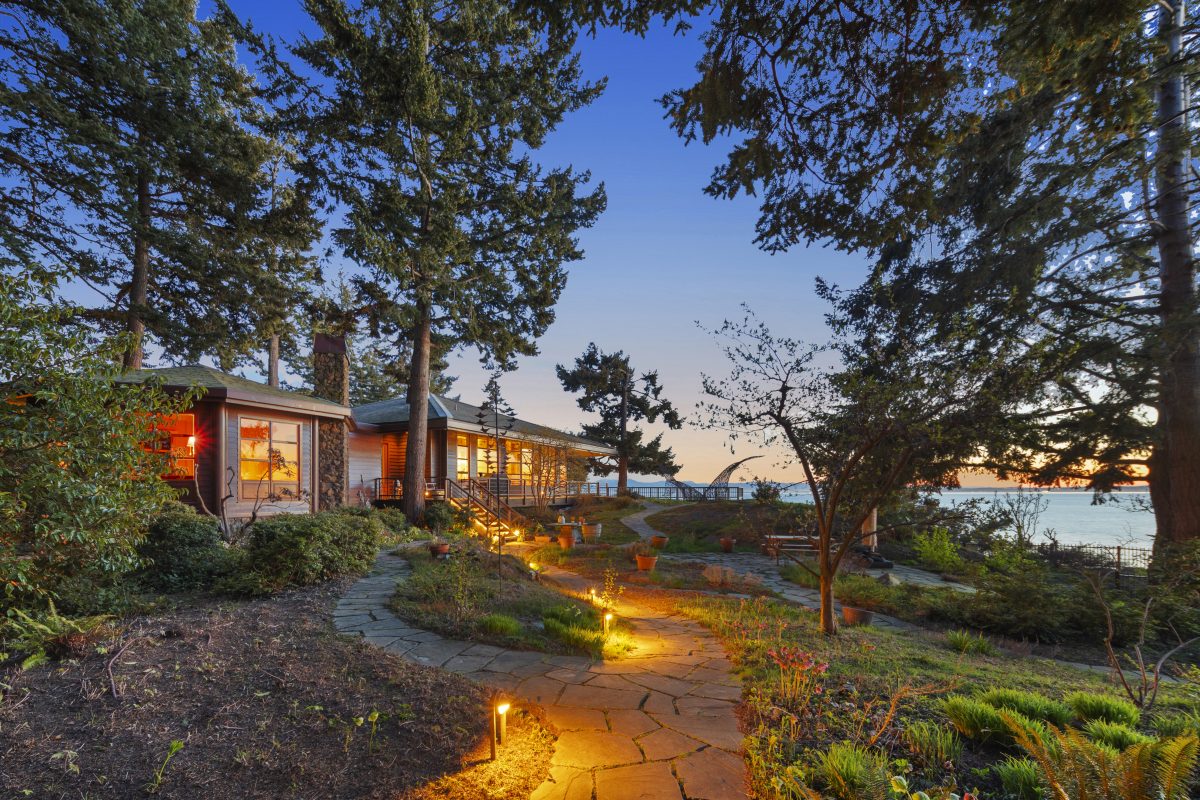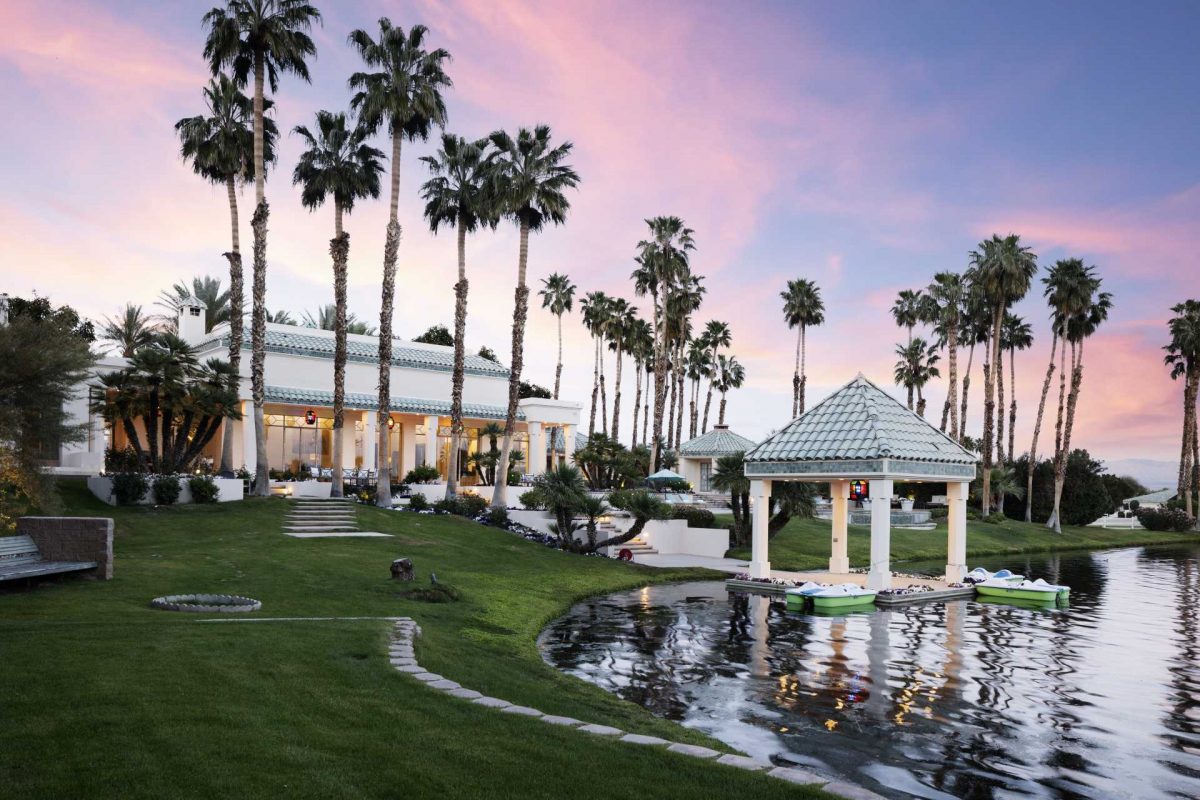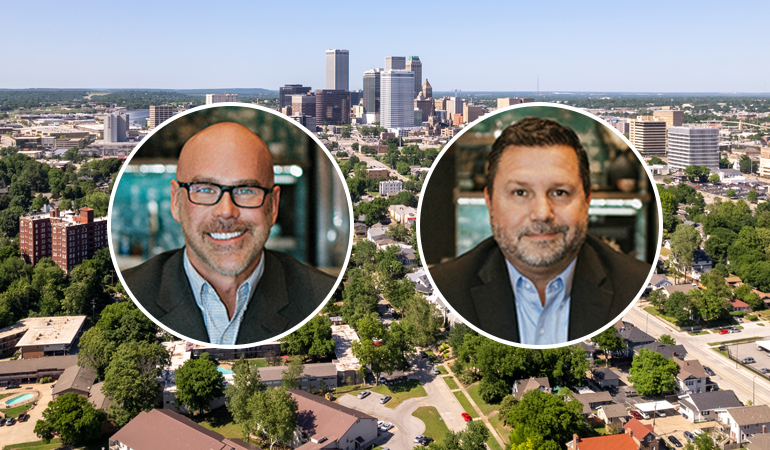Crown Heights Neighborhood Guide
Crown Heights Real Estate Stats
MEDIAN SALE PRICE
MEDIAN RENTAL PRICE
An Abbreviated History of Crown Heights
Originally the land on which the Lenape people lived, present-day Crown Heights saw its first European settlers in the 1660s. It was subsequently used as farmland and then developed into residential neighborhoods as transportation options became plentiful. By the early 1900s it became one of Brooklyn’s most exclusive neighborhoods, with opulent mansions, brownstones, and an array of cultural institutions dotting the area and serving the predominantly white and Jewish residents. The neighborhood saw an influx of Caribbean and African-American newcomers beginning in the 1920s. Racial tensions and inequality during the mid 20th century contributed to shifts in the population from 70% white in the 1960 census to 70% black in the 1970 census. Three days of riots and violent clashes erupted in 1991 after a Hasidic driver accidentally struck and killed a Black child in Crown Heights. Racial tensions were ameliorated in subsequent years through neighborhood programs designed to open dialogue and understanding between the Black and Hasidic communities. Today the neighborhood is an eclectic mix of Caribbean, Orthodox Lubavitcher Hasidim, African-American, and an increasing population of white, hispanic, and asian residents. The cultural diversity in Crown Heights today contributes to its appeal and beauty, along with tree-lined streets, a stunning array of architectural types, and delicious new and long standing restaurants and cafes.
NEIGHBORHOOD BOUNDARIES
- Washington Avenue to the West
- Atlantic Avenue to the North
- Ralph Avenue to the East
- Empire Boulevard to the South
| Franklin Avenue | 2 3 4 5 |
| Nostrand Avenue | 3 |
| Kingston Avenue | 3 |
| Utica Avenue | 3 4 |
| Sterling Stree | 2 5 |
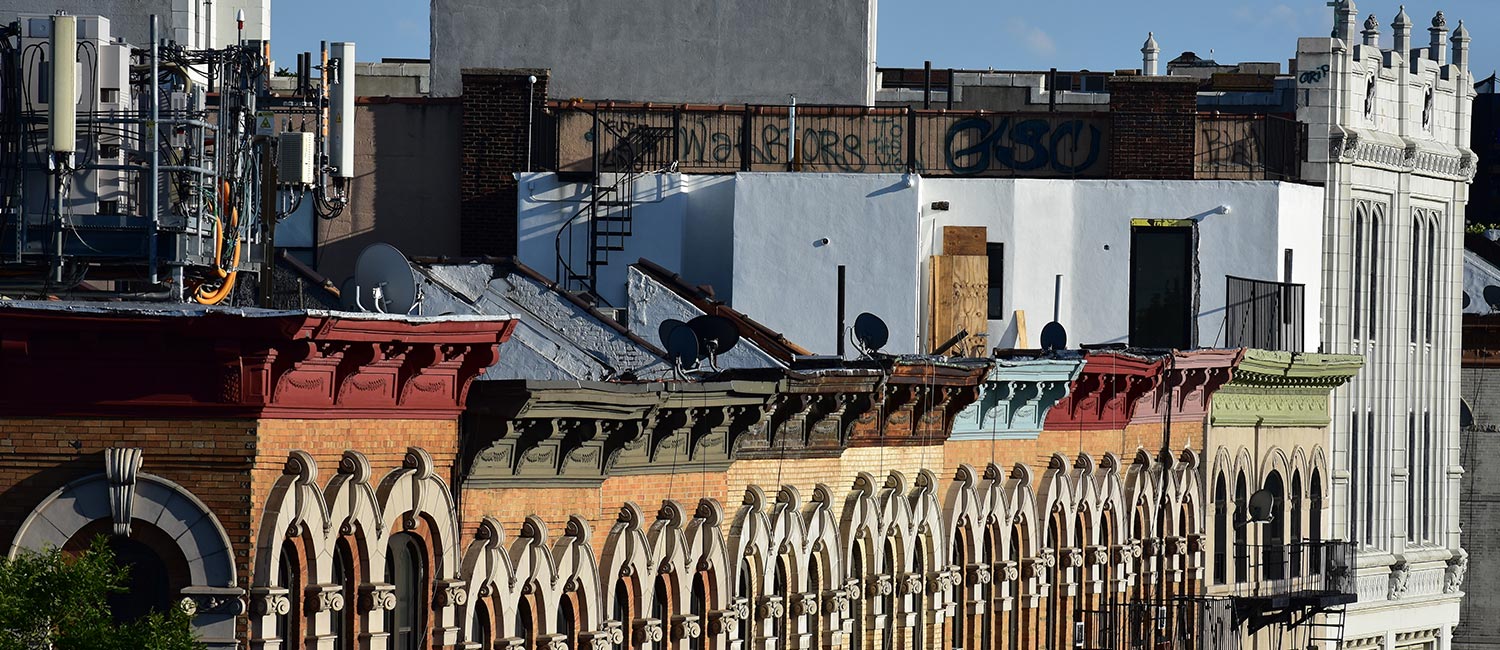
Residents Love This Neighborhood Because
- Endless history
- Locals are always out on the streets
- Extremely neighborly
- Beautiful architecture
- Lively, excellent restaurants all along Franklin avenue
What to expect
| Cafés |
+35 |
| Colleges / Universities |
2 |
| Community Gardens |
2 |
| Hospitals |
1 |
| Libraries |
3 |
| Parks |
8 |
|
Playgrounds |
12 |
|
Restaurants |
+50 |
|
Yoga Studios |
4 |
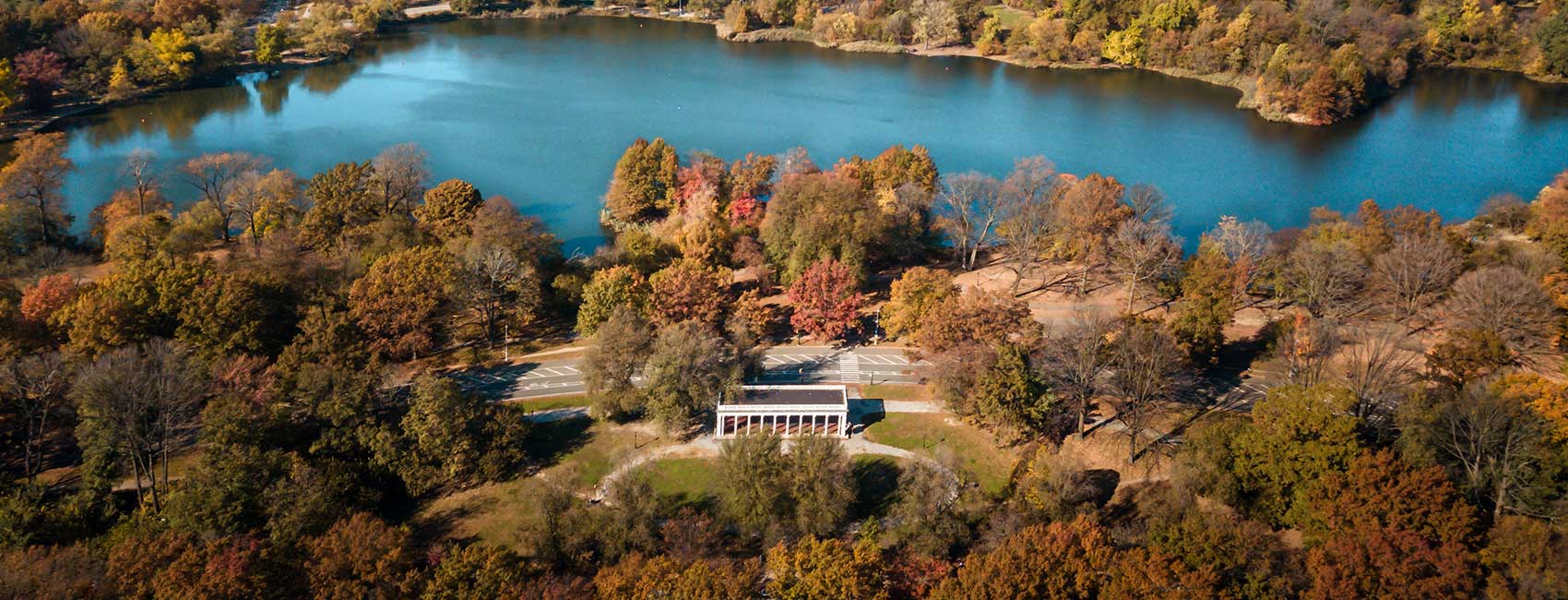
Crown Heights Landmarks and Cultural Institutions:
A NEIGHBORHOOD TOUR
Grant Statue
Brooklyn Botanic Gardens
Known as one of New York City’s most alluring parks, the Brooklyn Botanic Gardens were designed by the sons of the Prospect and Central Park designer Frederick Law Olmsted. Brothers Frederick Jr. and John Charles Olmsted worked to create a beautiful open space within Crown Heights. In 1912, Harold Caparn, the landscape architect, created the vision of the garden that remains displayed today. Blooming with over 14,000 plant varieties, this lush spread of 52 acres offers bountiful bouquets of flowers and plant life. The natural setting offers soothing sights and smells captured by natural greenery, Japanese gardens, and an annual Cherry Blossom Festival.
Brooklyn Museum
Studebaker Building and Automobile Row
Prospect Park
Architecture in Crown Heights
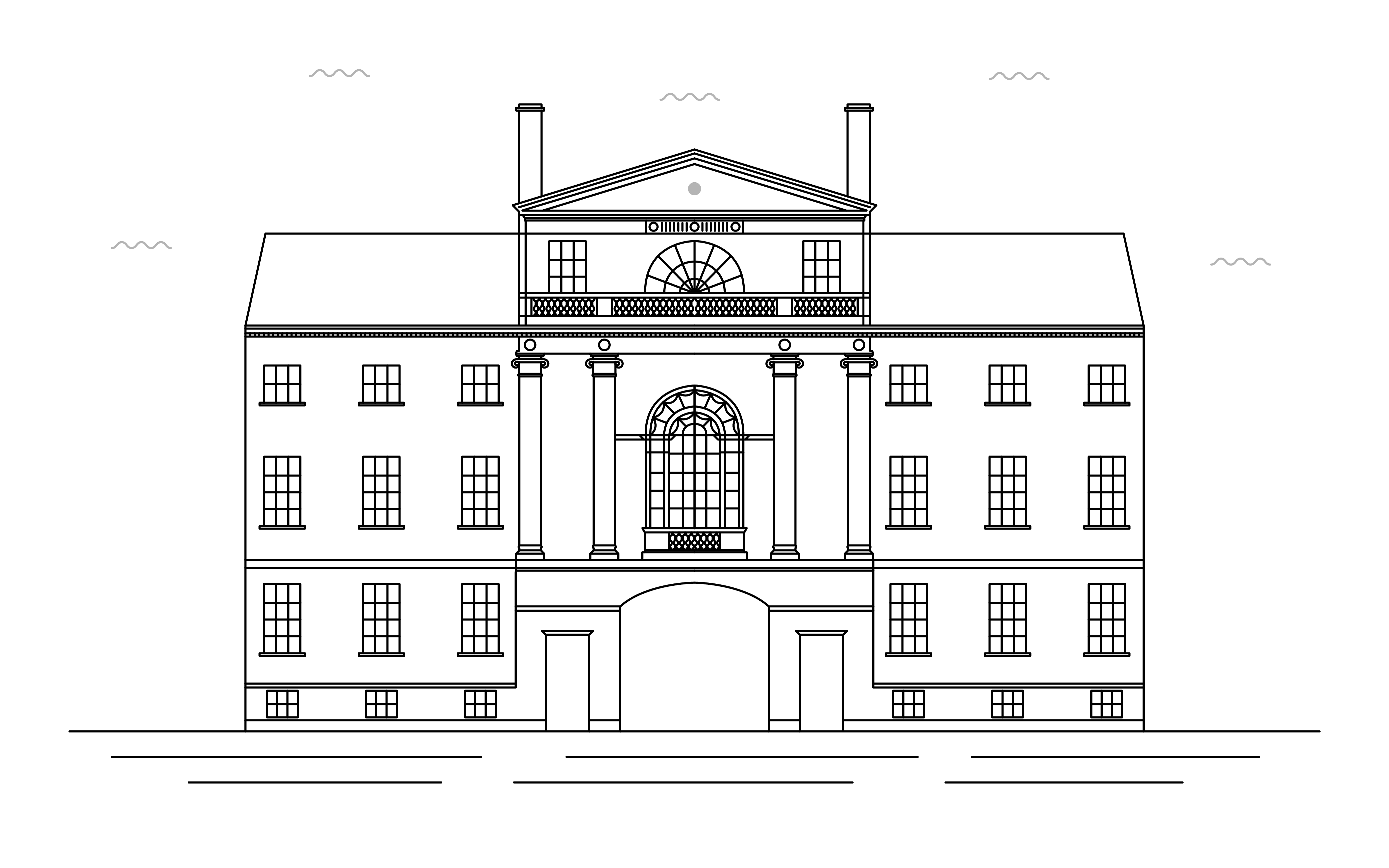
Georgian/Federal
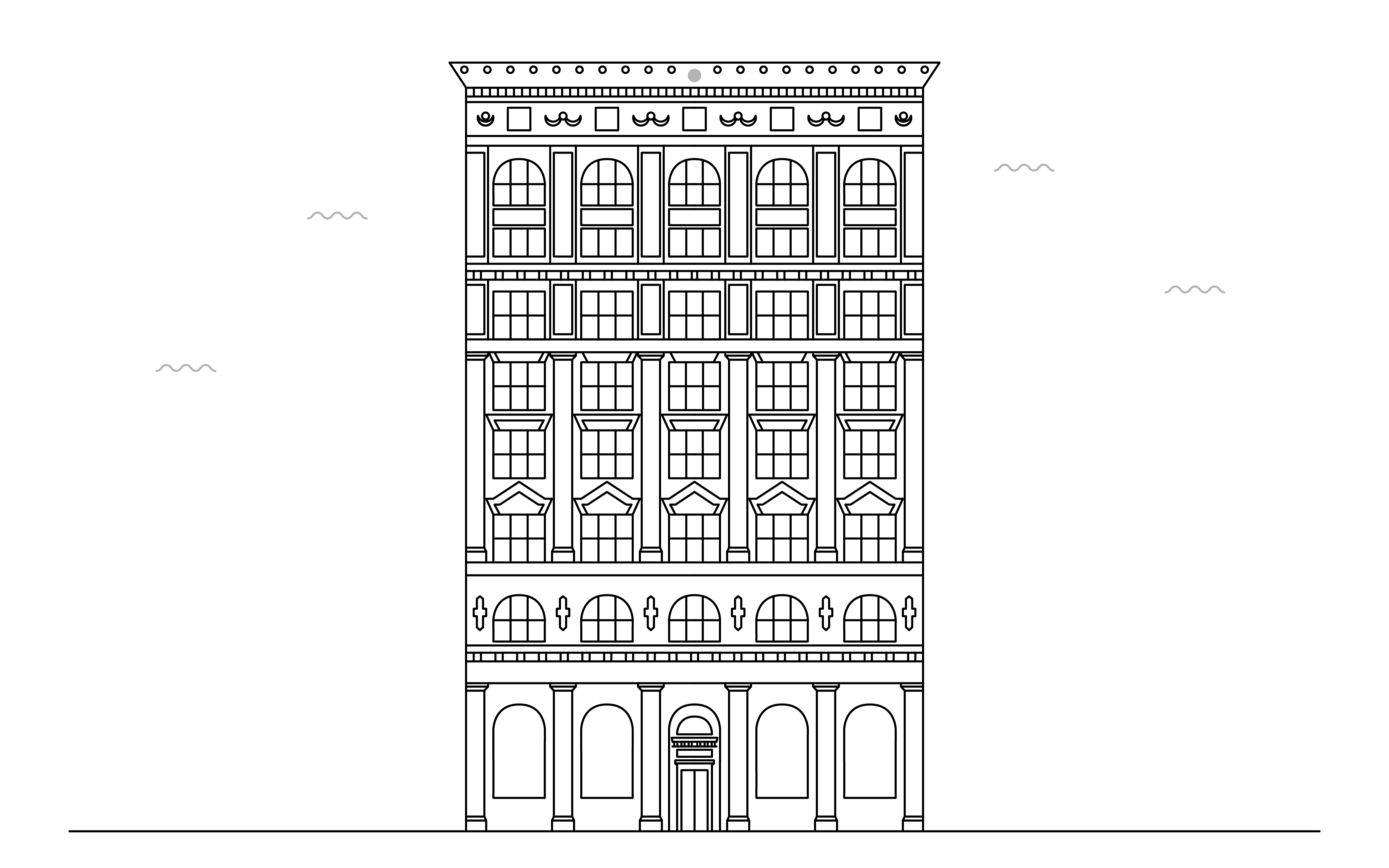
Renaissance/Baroque Revival
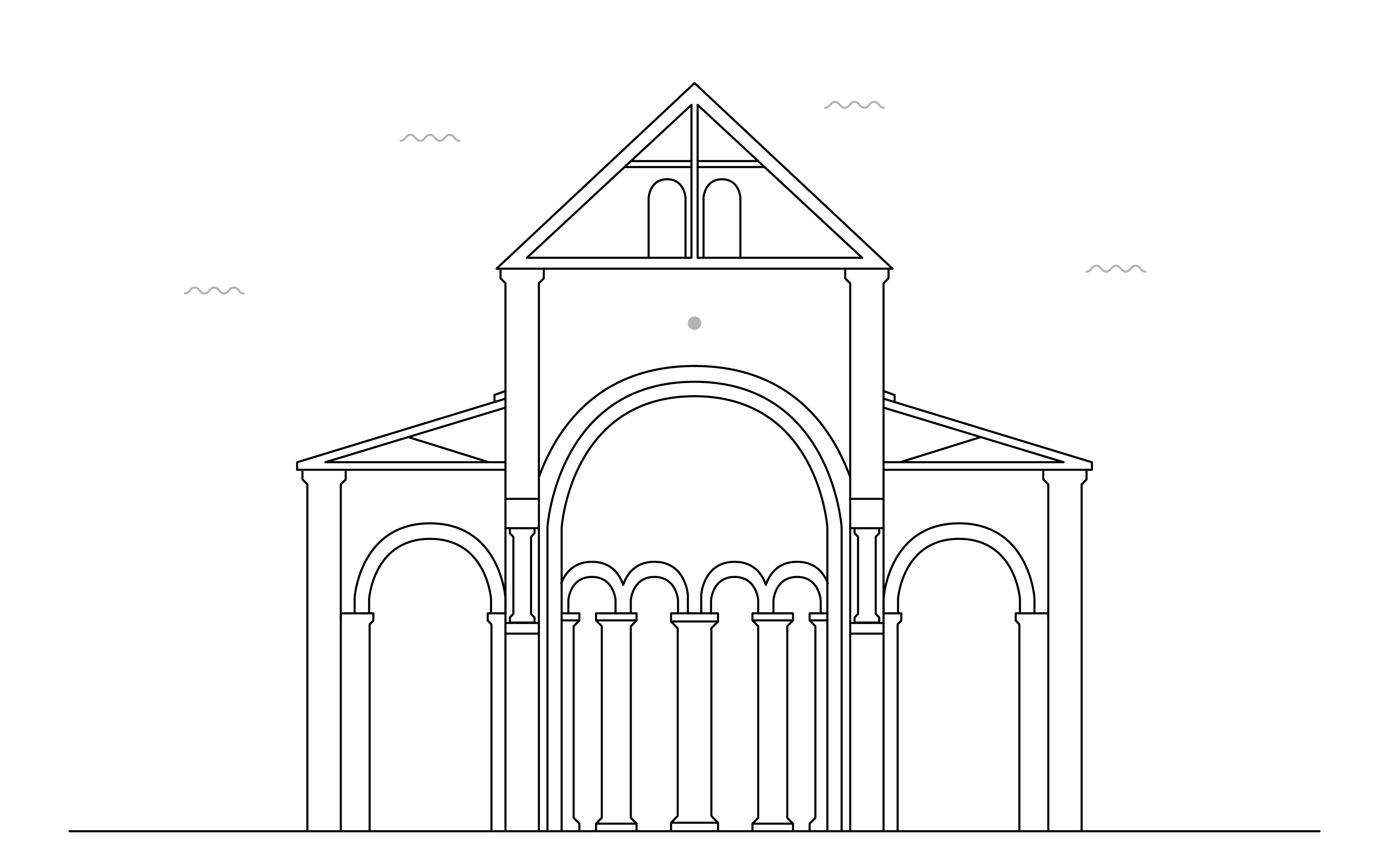
Romanesque Revival
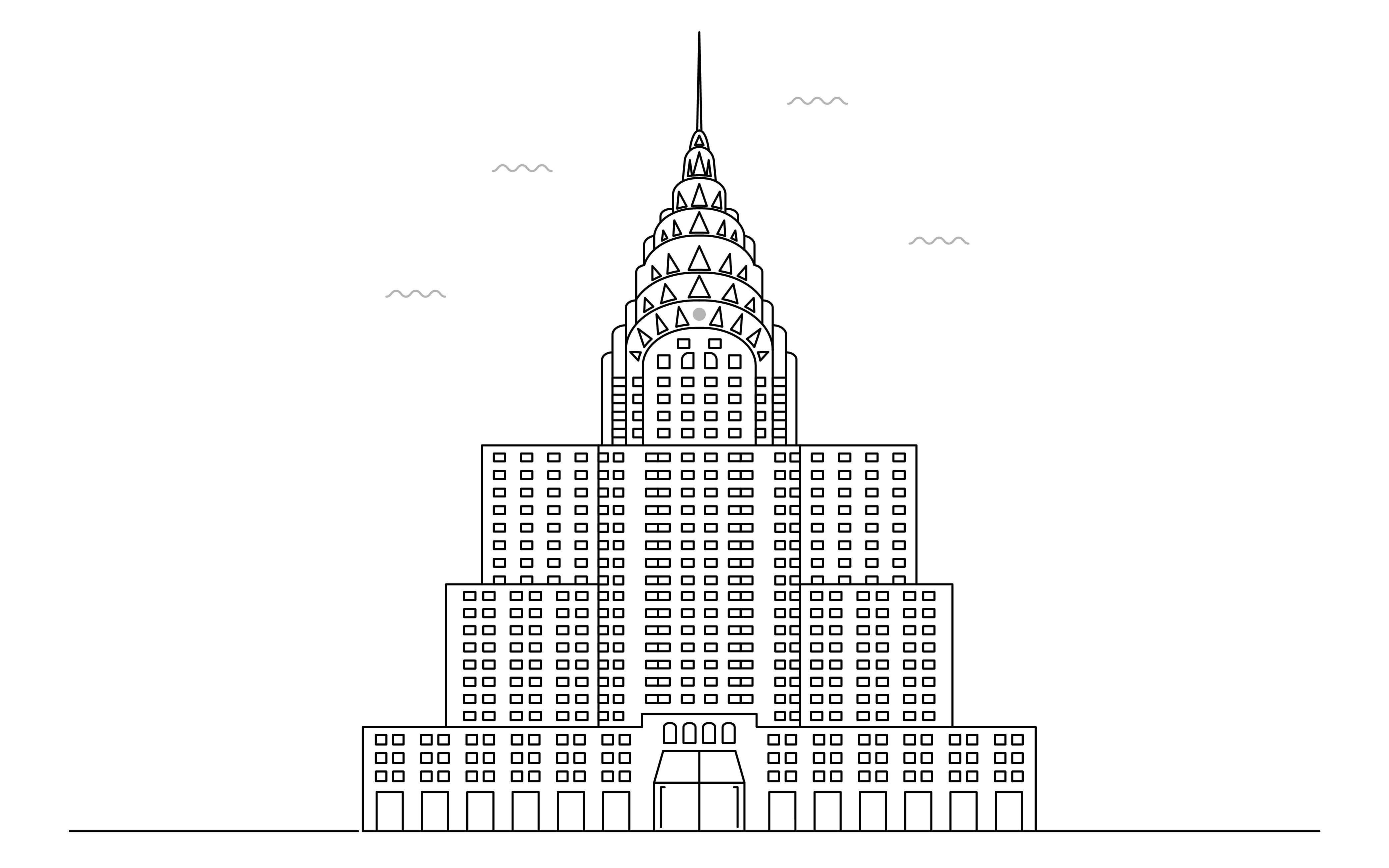
Modern/Art Deco/Art Moderne
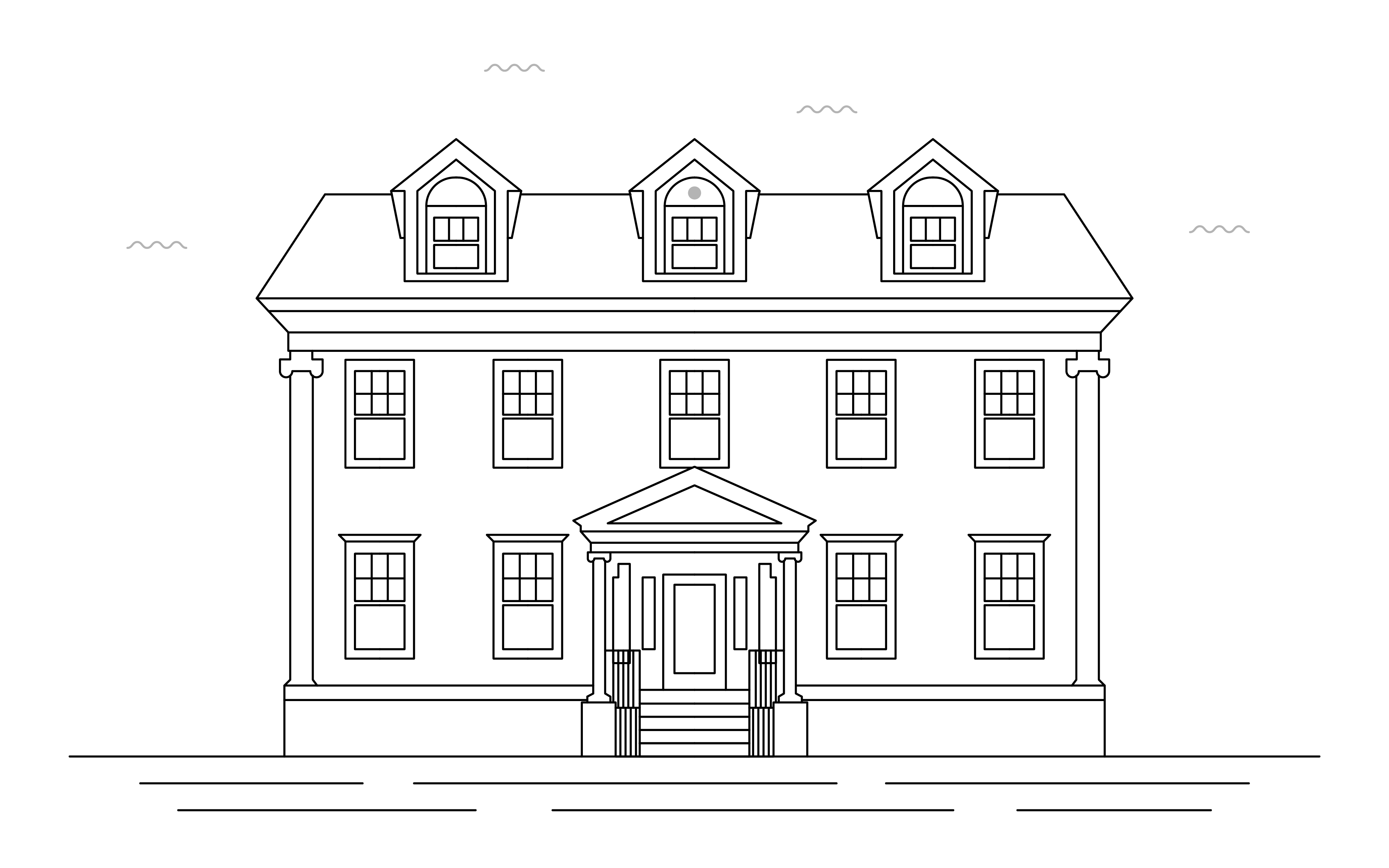
Colonial Revival
Notable New Yorkers
Who Have Lived in Crown Heights

ANTHONY MACKIE
Actor

CHRIS ROCK
Comedian
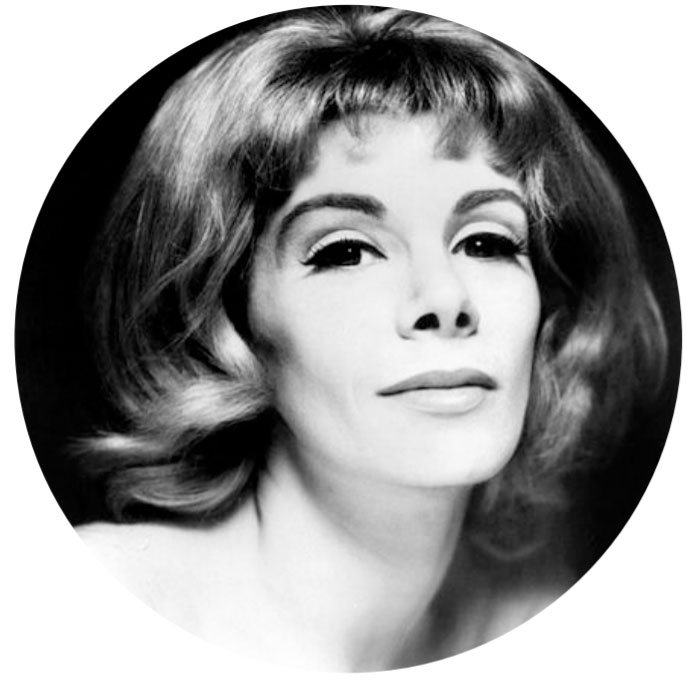
JOAN RIVERS
Comedian and Actress

UCHÉ BLACKSTOCK
Physician and Author

LEROY BATTLE
WWII Pilot and Jazz Musician

SABAAH FOLAYAN
Filmmaker and Activist
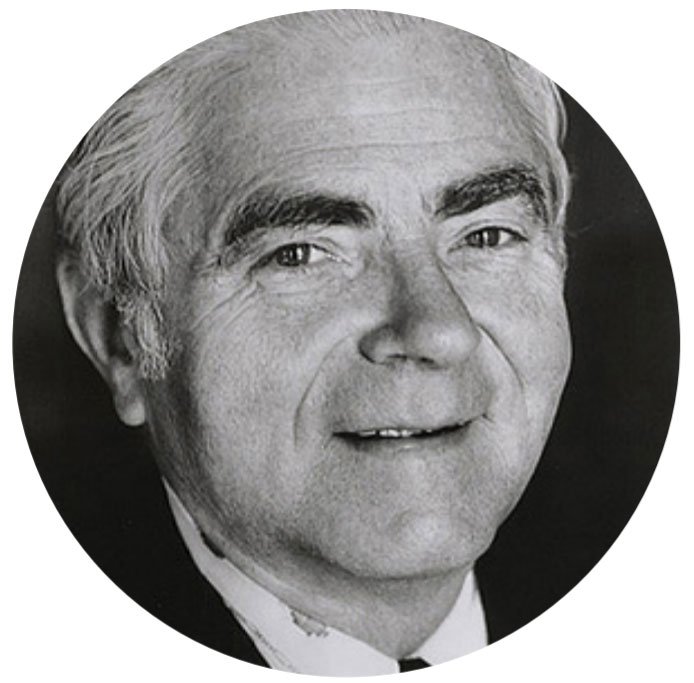
ABRAHAM BEAME
104th Mayor of NYC

LINDA WEISER FRIEDMAN
Author and Academic
Popular Food & Drink
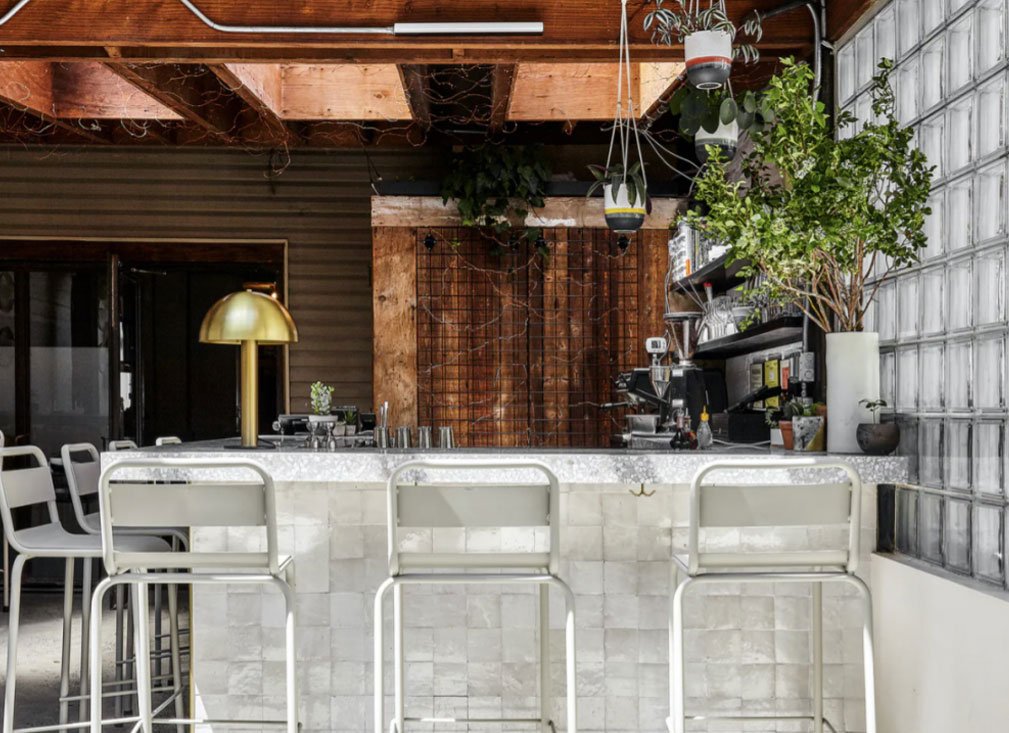
OXALIS
791 Washington Avenue
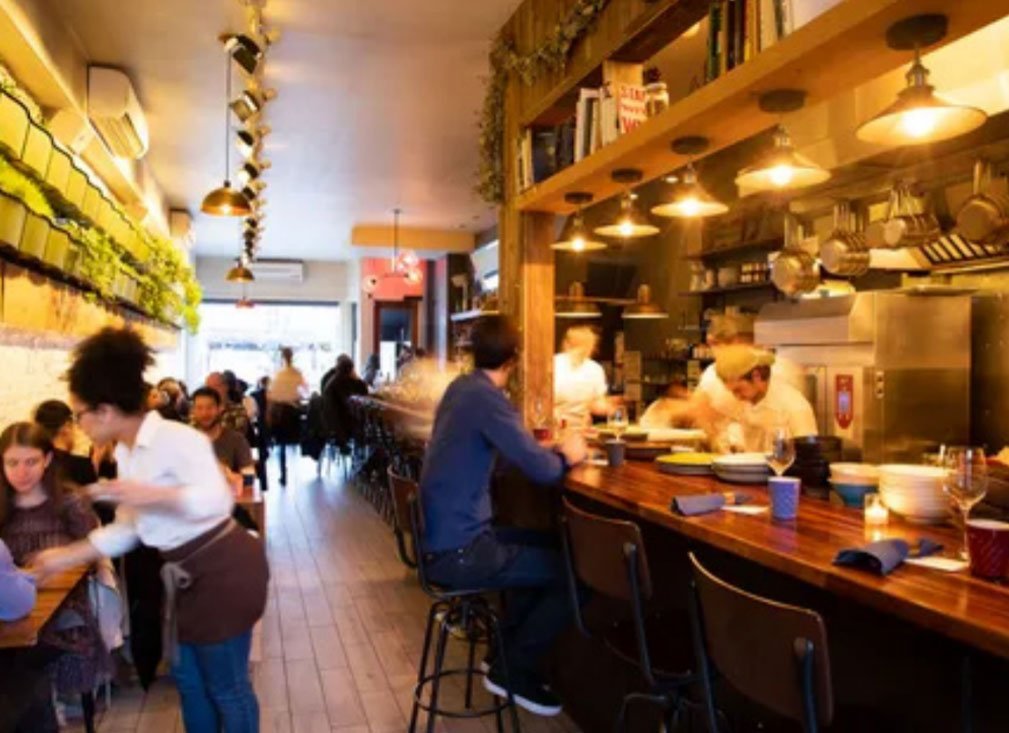
THE ISLANDS
671 Washington Avenue
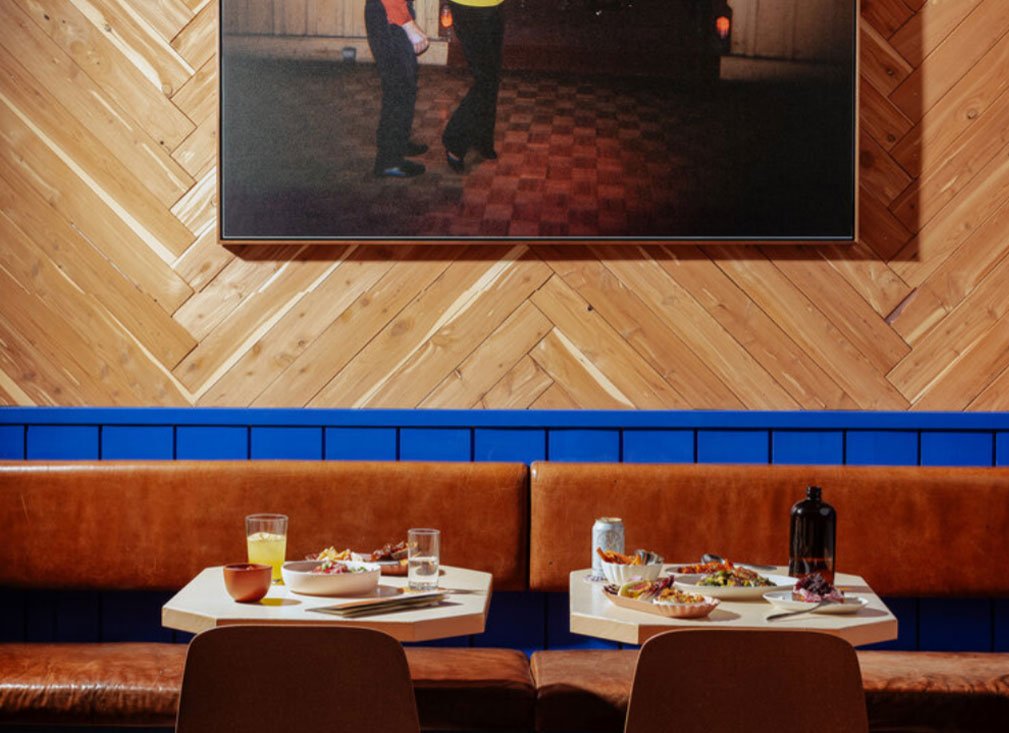
RAS PLANT BASED
739 Franklin Avenue

Chavelas
736 Franklin Avenue

Zaca Cafe
426 Marcus Garvey Blvd

Nostrand Social
706 Nostrand Avenue

Izzy BBQ
397 Troy Avenue
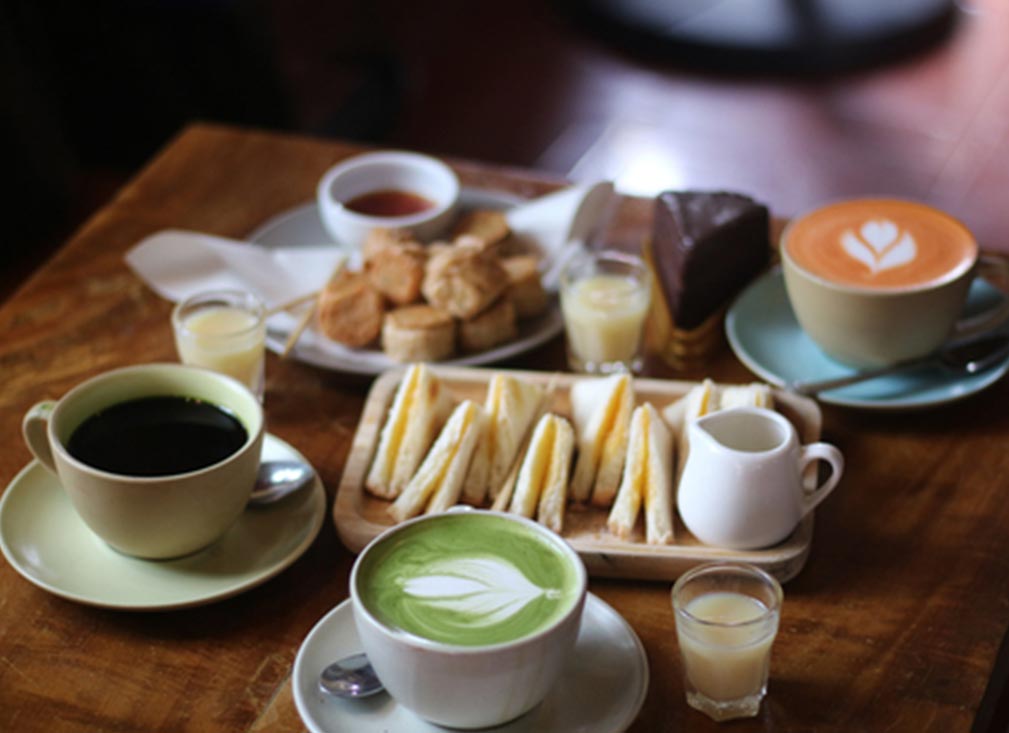
Colina Cuervo
759 Nostrand Avenue
All Notable New Yorker photos courtesy of Wikipedia via Wikimedia Commons. Photo of Chris Rock by David Shankbone; Photo of Joan Rivers by The Historic Images Outlet; Photo of Uche Blackstock by Heather Sten; Photo of Abraham Beame by Unknown photographer

